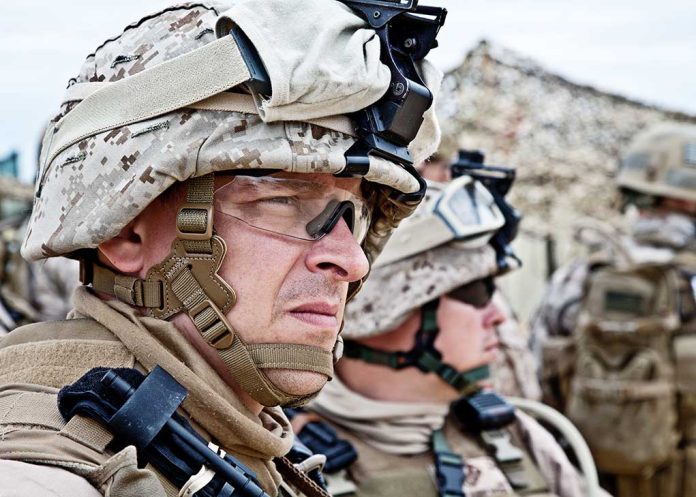
The integration of Diversity, Equity, and Inclusion (DEI) strategies in the U.S. military has sparked debate over its effectiveness, recruitment impact, and readiness implications.
At a Glance
- Critics claim DEI strategies in the military undermine traditional values and readiness.
- Arizona State University study finds DEI efforts ineffective, potentially discouraging enlistments.
- DEI initiatives are said to consume resources and create division within the ranks.
- Leadership changes may alter the trajectory of DEI policies in the military.
Skepticism Surrounds DEI in the Military
Arizona State University’s Center for American Institutions released a study suggesting that DEI efforts are ineffective and contradict traditional military values. Critics argue that training on topics such as “unconscious bias” and “intersectionality” undermines the military ethos by emphasizing individual demographic differences over team cohesion and mission focus. Such efforts are seen as distracting, consuming valuable resources while diverting attention from the military’s primary mission.
Despite the intention to reflect America’s diversity, these initiatives are criticized for potentially fostering division and promoting ideologies like Critical Race Theory (CRT) that some see as anti-American. Such teachings stand at odds with traditional military values and the emphasis on capability and lethality that should characterize the forces.
Impacts on Recruitment and Readiness
Efforts to integrate DEI strategies have coincided with significant recruitment challenges. The U.S. military faces a historic recruiting crisis, attributed by some to the prioritization of diversity initiatives. Enthusiasm among traditional demographic groups for military service appears to have waned, leading to concerns over readiness.
“The Founders of our nation understood and feared a politicized military. History had shown them that a politicized army easily became the tool of tyranny. The Armed Forces of the United States has proudly upheld this long tradition of separating mission from politics,” said Donald Critchlow, director of Arizona State University’s Center for American Institutions.
The shift towards DEI initiatives is also linked to increased spending, with the Pentagon’s budget for related programs increasing significantly in recent years. Critics perceive this as a diversion of resources away from core military functions. As historical precedents have shown, efforts to enhance diversity in recruitment can lead to standards being compromised.
DEI Is Crushing Military Recruitment by Kevin Wallsten and @OwenWest91 https://t.co/ygEXuGA1tz via @WSJopinion
— Daniel Strand (@DDFStrand) October 25, 2024
The Future of DEI and Military Policies
Recommendations from various studies include the dissolution of DEI offices, emphasizing instead a return to civic education that underscores America’s commitment to freedom and opportunity. Yet, such proposals may face political challenges as they stand against the current administration’s policies and views on DEI.
“The massive DEI bureaucracy, its training and its pseudo-scientific assessments are at best distractions that absorb valuable time and resources. At worst they communicate the opposite of the military ethos: e.g. that individual demographic differences come before team and mission,” reads the study by Arizona State University.
The upcoming changes in military leadership could influence how these strategies evolve, aiming possibly for a balance that better accommodates DEI ambitions without sacrificing operational readiness. Such a shift would require careful navigation of the political landscape and strategic reorientation to align military objectives with national security demands.





